
As diverse as our global society is today, feminism should be thought of in the same way. While at the basis is the same definition, the social, political and economic equality of all genders, there are numerous factors which make feminism uniquely important to each individual. A Muslim woman in Saudi Arabia who is forbidden by law from driving has a completely different lived experience to a woman in the US experience excessive barriers to access certain types of legal reproductive rights, for example.
Is there a wrong way to be a feminist? Who has the final say on what the “right” feminism looks like? These are actually the wrong questions to ask. A better way to understand feminism is to recognize the differences, and become a better ally. We’ve seen some great examples of women of color explaining the need for white women to be more inclusive in their definitions, proving once again how we can’t have modern conversations about feminism without intersectional understanding anymore.
In a blog post for the Huffington Post titled ‘My Feminism Includes You’, writer Kadie Eve explains how she has struggled with the question of whether she is a good feminist until she came to the realization there was no one particular way.
“it seems recently the biggest issue with feminism is the in-house fighting. It’s as if we’ve staged a boxing match of who can scream louder about what is ‘good feminism’, and subsequently knock all others out of the ring…As a young woman I have struggled through times where I wonder whether wearing make-up makes me a bad feminist. Whether wearing dresses and heels mean that I can’t promote equality,” she recalls.

She also brings up the noteworthy feminist zeitgeist moment of Kim Kardashian posting a nude image of herself on social media, attracting a whole range of responses from other female celebs including singer Pink, actress Chloe Grace Moretz, and Bette Midler who slammed her for choosing to take her clothes of and calling herself “empowered”. In a surprising twist of events, it was Kim K who had the upper hand in the end, saying who is anyone else to determine what her empowerment should look like, and how the backlash she received was not very “feminist” of them. Touche!
It was certainly a teachable moment, curated by none other than the most famous reality star on the planet, reminding us that even within feminism, we have to be accountable for the ways in which we try to police other people’s lived feminist experiences.
“Why do we feel the need to fight about who is better than another? Why can’t they all just be great? Most of us are a mix of these women, and good feminism supports every single one of us. I’m all for inclusive feminism. So how about we stop fighting about who is more ‘moral’ or ‘ethical’ and just solve the real problem? Because in case you forgot, while you were busy fighting over whether or not Kim should get her boobs out, Kesha was crying in a court room,” Kadie concludes in her post.
As a way to visually explain the importance of intersectionality to feminists as well as those who still feel it is better to say they are a “humanist” or an “egalitarian” (both of these terms hide the overwhelming gender inequality specifically faced by women, as opposed to all humans), Canadian artist Talhi created a series of cartoons containing a number of scenarios making it easy for any person to understand why feminism would still be relevant today.

Also playing off a moment in mainstream media, Talhi made this series in response to a comment made by Quebec Minister responsible for the status of women, Lise Theriault, which caused quite a stir among Canadian women.
“I think she is trying to compromise her beliefs in order to please more people,” said one woman, a student at Concordia University.
“By saying that you’re an egalitarian and not a feminist acknowledges the fact you don’t know what feminism is,” said another.
“It’s very surprising that she doesn’t consider herself a feminist especially as her title should include her feeling this as a core part of her identity,” said one woman who added how personally insulted she was that the minister clearly hadn’t taken the time to understand why it is so important in today’s culture.
“By saying that she’s not, she’s adding to history where the word feminist has really been discredited and has almost become a dirty word. It’s really damaging to the movement and to women who identify as feminists,” said a woman, pointing out one of our major pet peeves.
But perhaps someone should send Minister Theriault the comic strip made by artist Talhi (and translated into English by her friend Avistew Teague) so she can indulge in a quick catch up lesson. For the rest of us, perhaps these could be useful conversation starters with the people in our communities who still don’t understand why feminism is relevant.
Topics include gender discrimination, socio-economic stereotyping, assumptions about gender roles within families, religion, sexuality, abilities, portrayals of women in entertainment, and gender-based violence. Take a look at the images below:




















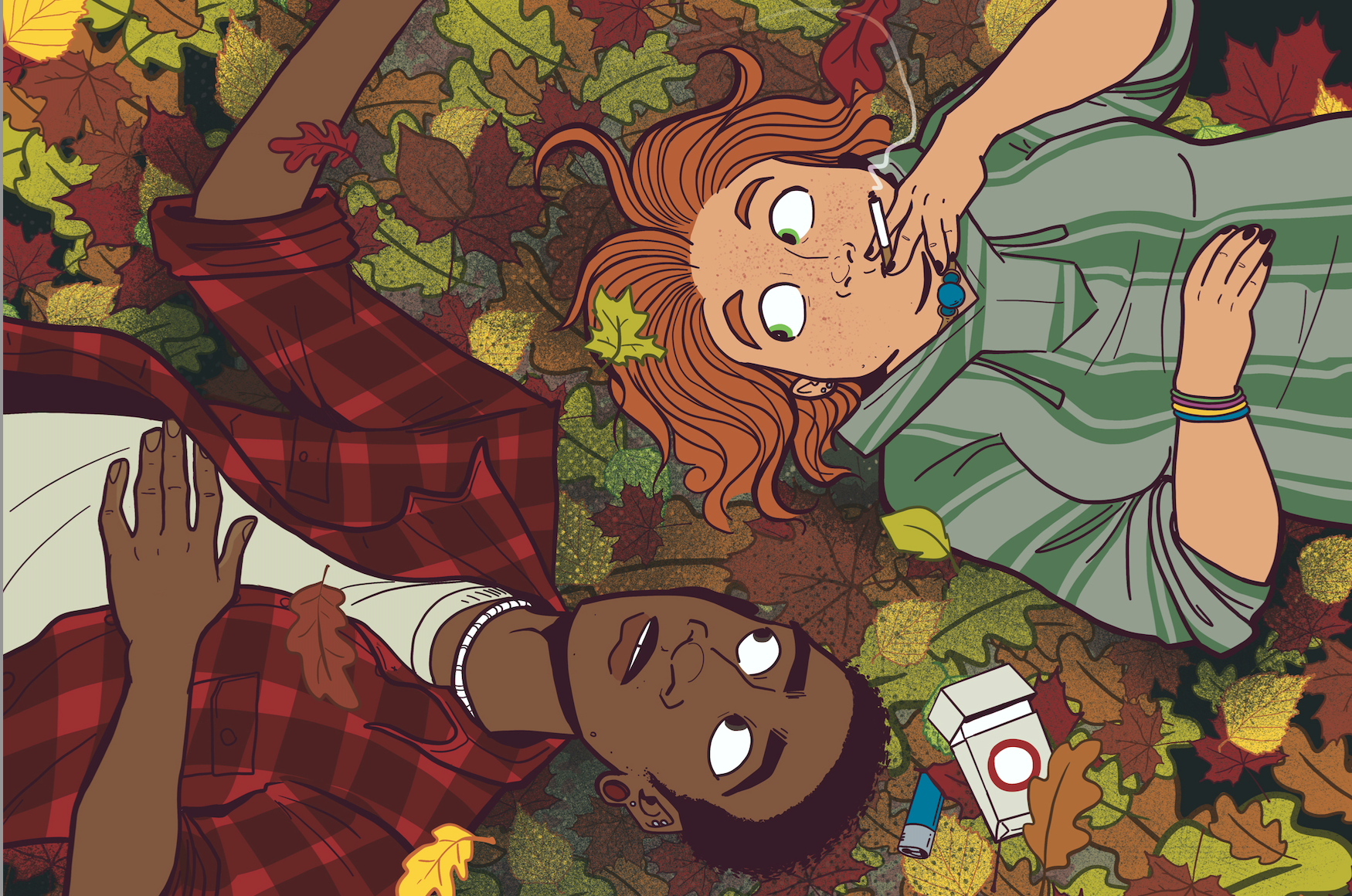

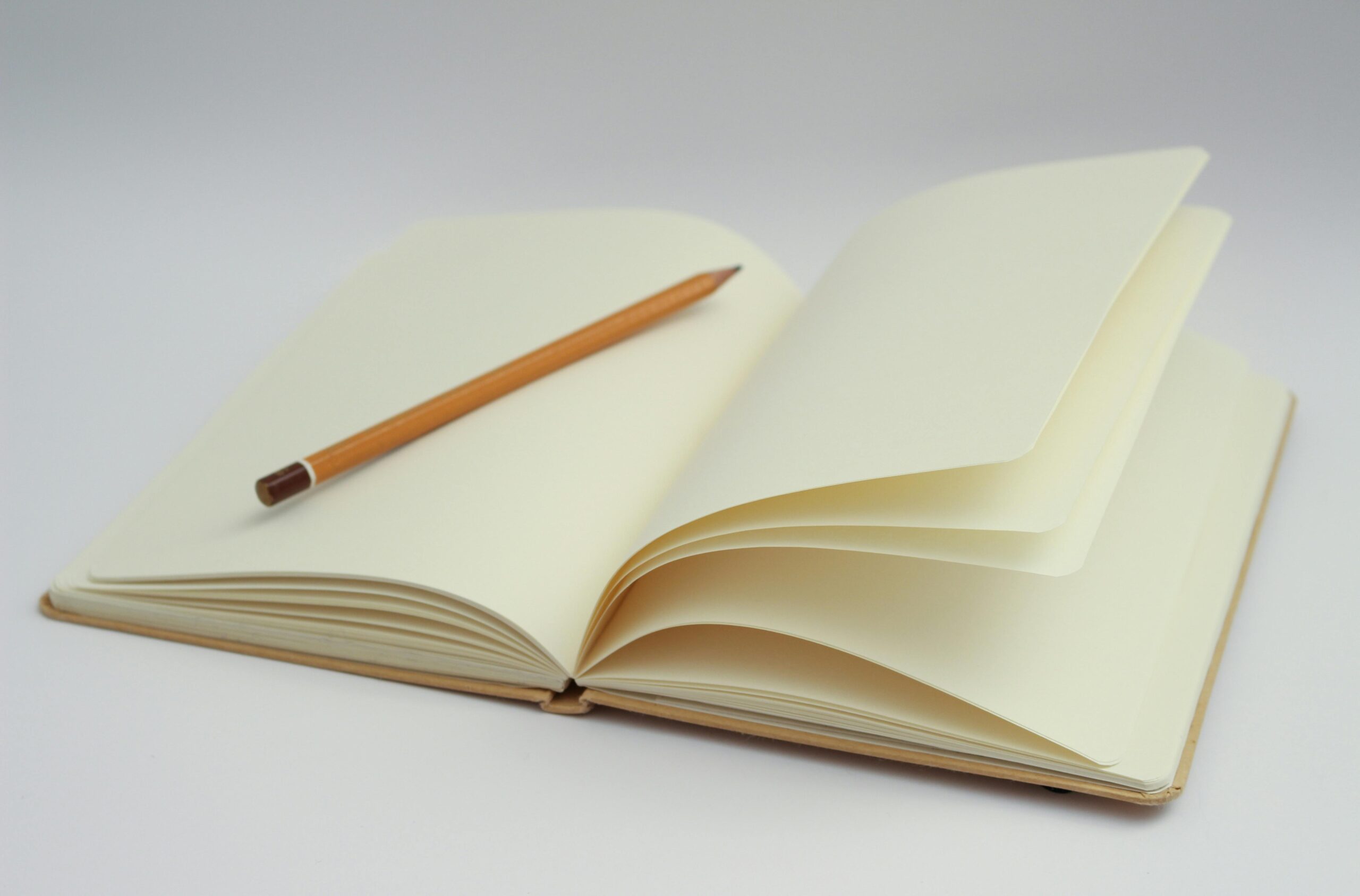
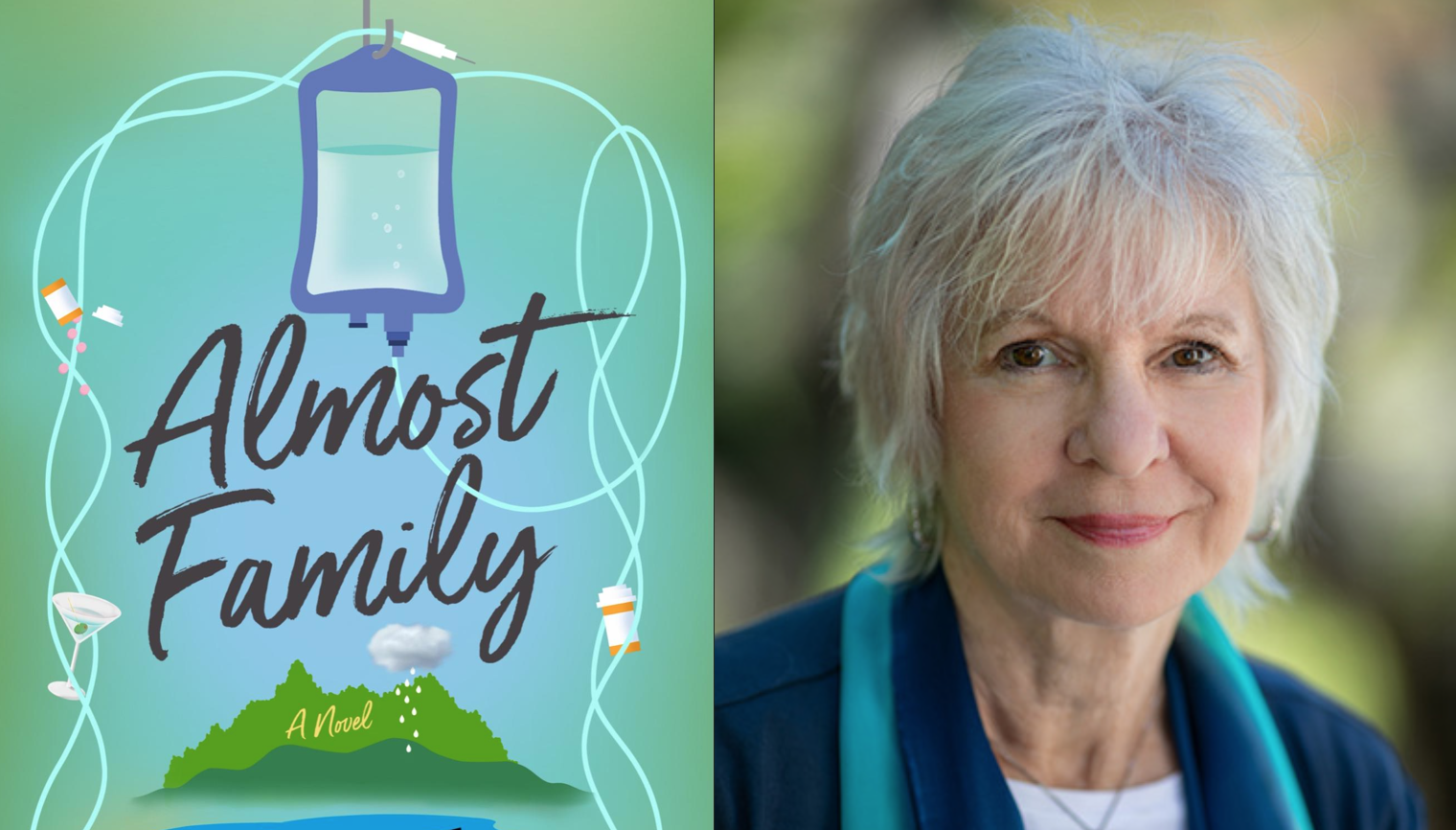
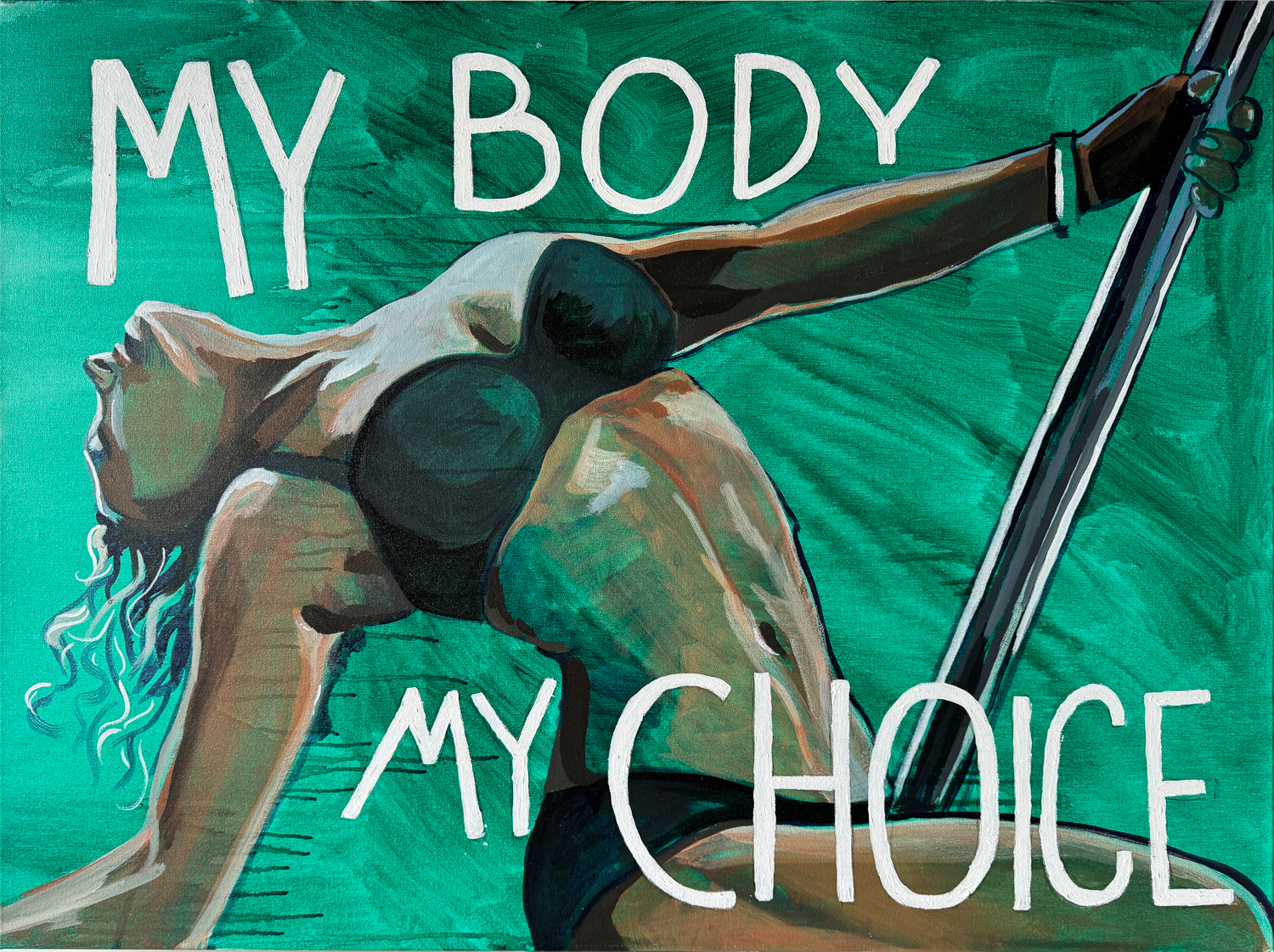
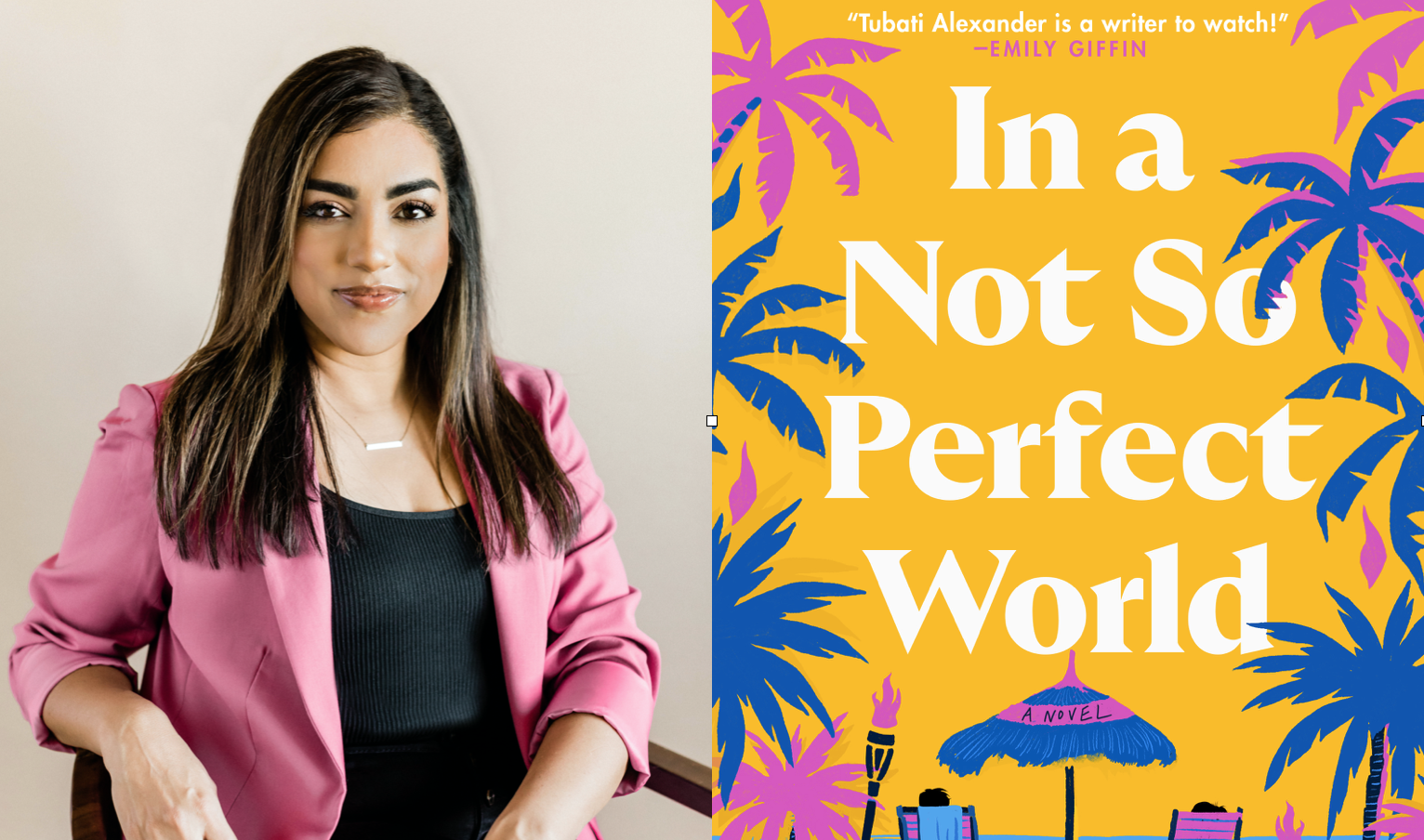
3 thoughts on “This Comic Series Perfectly Explains The Need For Intersectional Feminism”